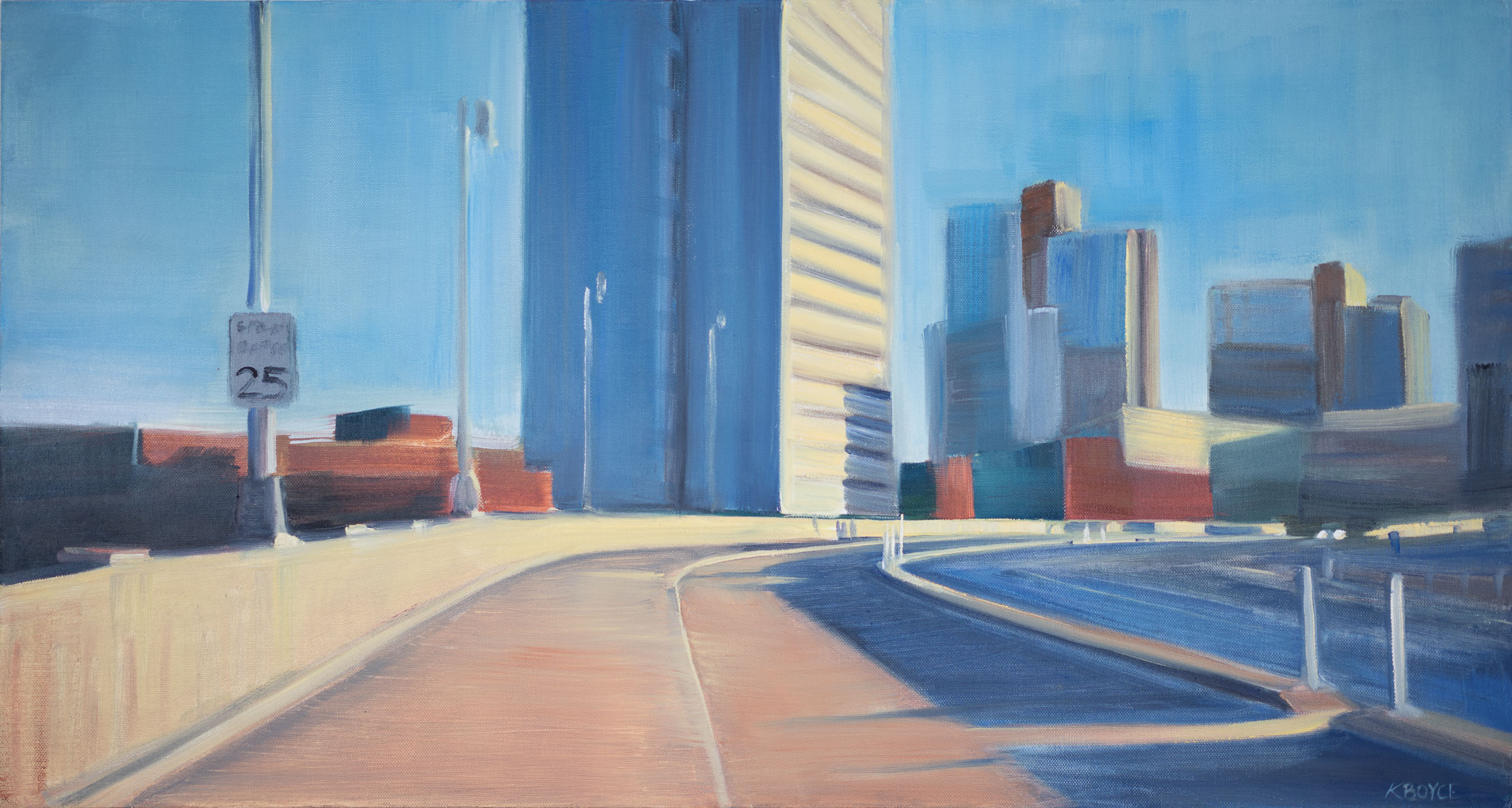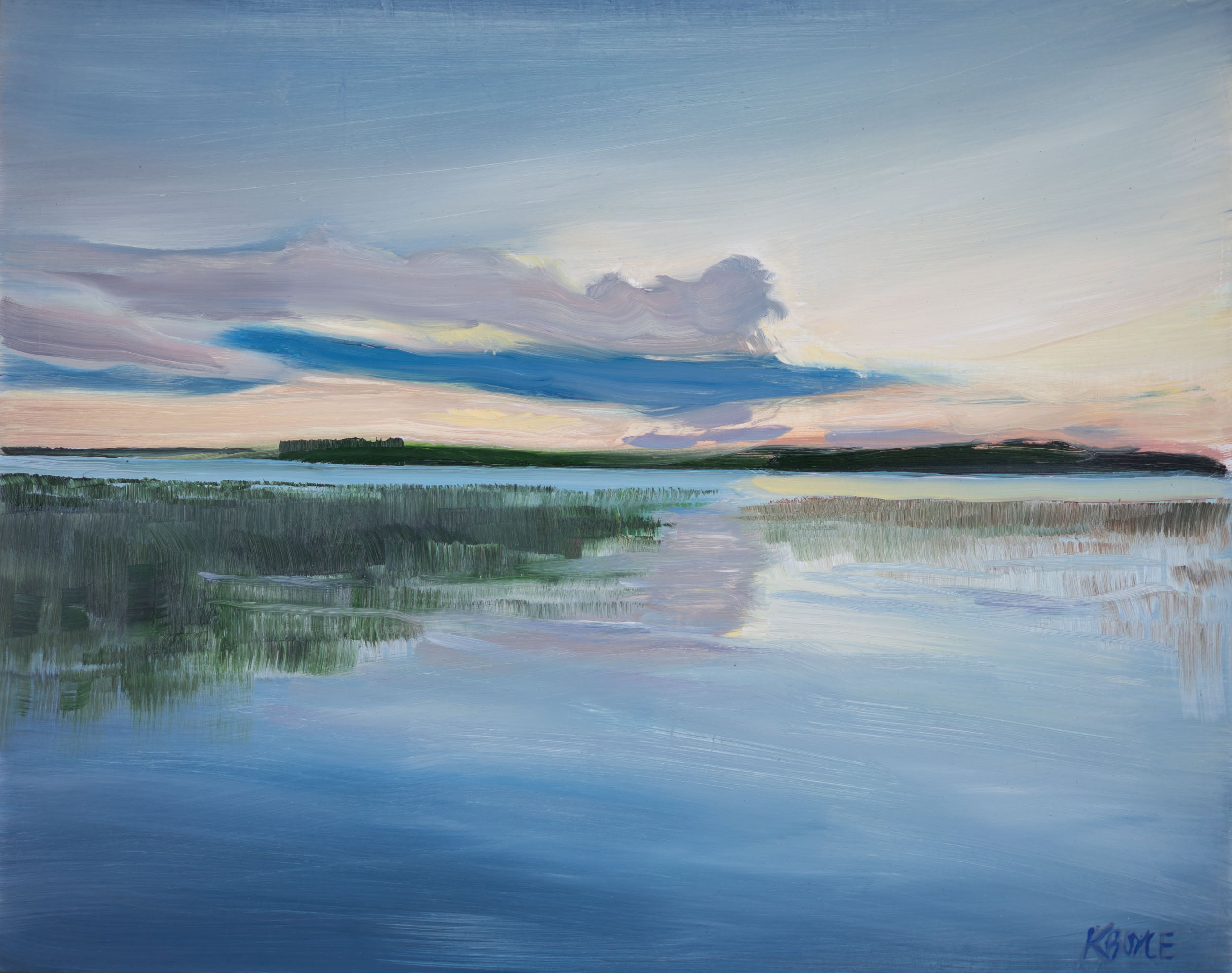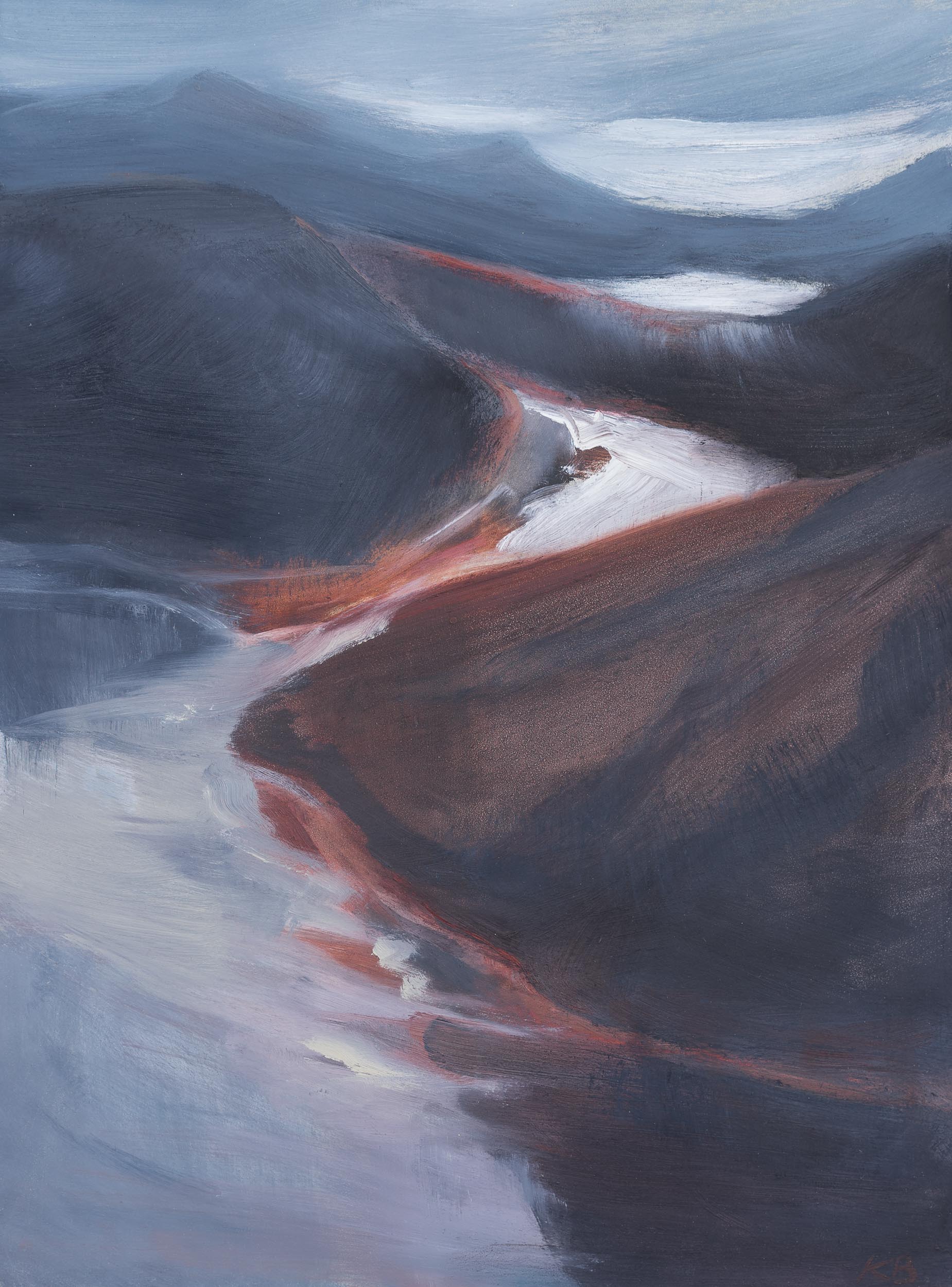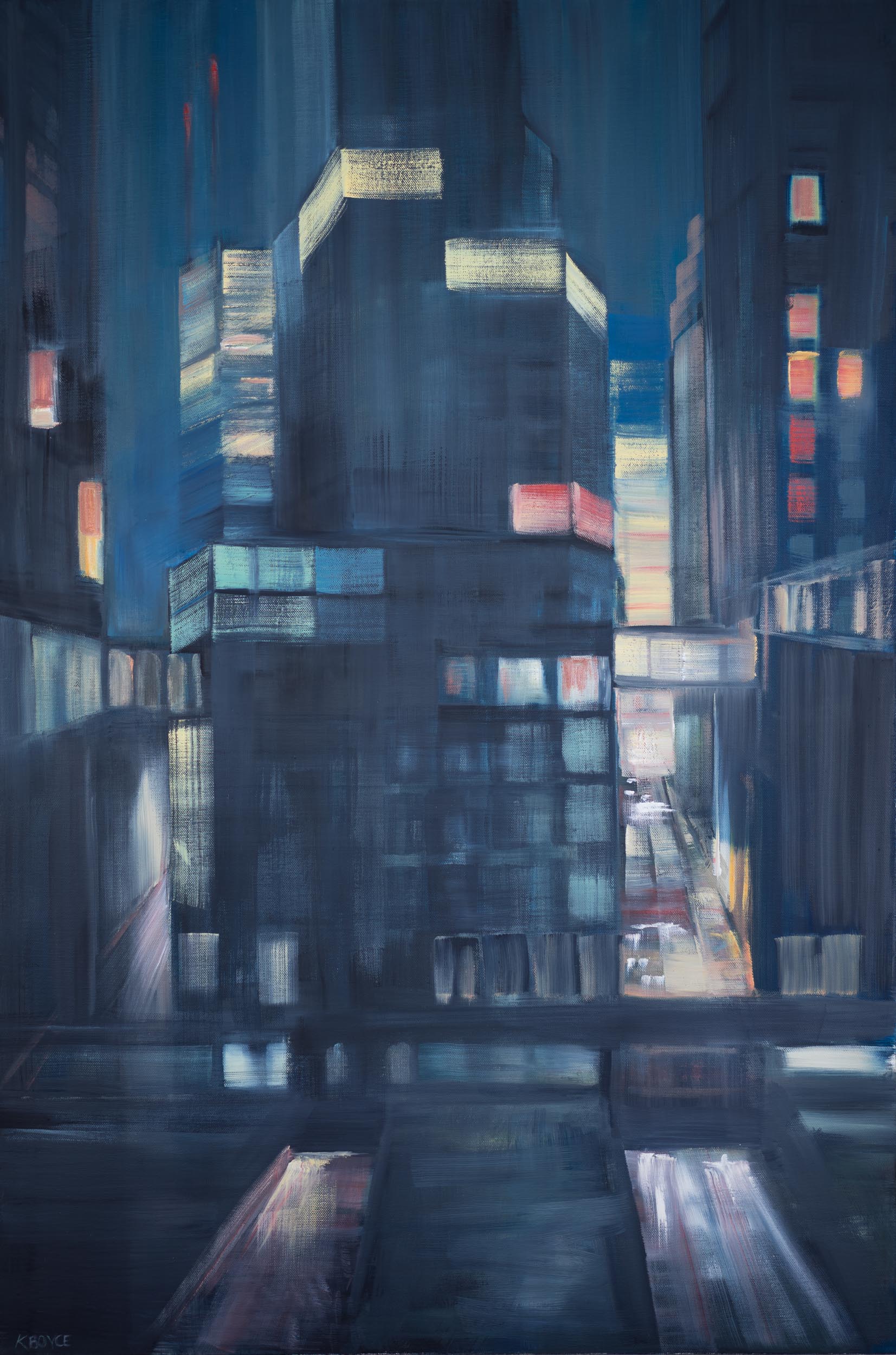Katherine Boyce
-

-
BIO
Katherine Boyce is an oil painter based in Minneapolis, where she began painting professionally in 2019. She received a BA in Politics and a Certificate of Visual Arts from Princeton University in 2011. Alongside her art practice, Boyce is a freelance writer. She has covered artists working to bring attention to climate change and environmentalism, as well as writing about the history of the Northeast Minneapolis Arts District. Boyce also volunteers with the North Star Chapter of the Sierra Club, advocating for urban land use, transportation, waste, and water policies that protect the environment.




Artist Statement
My body of work draws from my attention to the spaces we build, inhabit, and impact as humans. The works in this show are all inspired by time spent exploring outdoors, especially in dense cities and wild places. Before beginning a painting, I pull apart and rebuild the elements that captured my attention, so that the composition is less a portrait of a specific place and more a memory of being there. I use abstraction and representational forms to create a sense of light, movement, and space, reflecting my experience of moving through our strange, beautiful world.
Little About Katherine
What inspires your work?
I am drawn to the way light plays in a scene, whether sun hitting water or headlights on wet pavement. My compositions are usually designed around the structure and contrast that light creates in a scene by casting shadows and changing the colors.
What is something unexpected about you that often surprises people?
I enjoy biking in the winter.
What do you consider your most significant achievement as an artist?
Becoming an artist at all felt like a big achievement; like many, I emerged from school thinking I was supposed to pursue a proper, stable career. Taking the risk of an unconventional, unpredictable pursuit, and building my practice over time, feels more significant to me than any single achievement along the way.
How has your work evolved over time?
The level of abstraction that I employ has ebbed and flowed over time; in some seasons, I paint with a more disoriented and abstracted sense of space and form, whereas in others, my work has focused more on expressing a common scene with looseness and simplicity.
Is there a particular medium or subject you're drawn to, and why?
My paintings are nearly always drawn from experiences I’ve had while outside; something about the quality of the air and light outdoors wakes up my senses and makes me more attentive and creative.
What's the most challenging part of being an artist?
It is often solitary work; in most cases, there is no one else’s direction to follow nor accountability to lean on; and there is no guaranteed salary for the time and effort one puts in; the challenge is to create a routine that keeps me painting through dry spells and self-doubt.
Do you have a favorite piece you've created? Why does it stand out?
One recent favorite is “Lowry Hill”, a painting of the titular I-94 tunnel, glowing yellow on a rainy day. It’s an example of the way light can turn an otherwise unpleasant piece of car infrastructure into art.
Where were you born and where did you grow up?
I was born and raised in New Jersey; growing up in the Northeast, my first exposure to cities was at the scale of New York, Philadelphia, and D.C. After college, I lived in Singapore. These and other large, global cities profoundly shaped my interest in the built environment, my love of urban density, and my interest in public infrastructure that protects the environment.
Who are your artistic influences or mentors?
A few influences are Hayao Miyzaki, Wayne Thiebaud, Georgia O’Keefe, Zao Wou-Ki, and Edward Hopper. I’m inspired by the different ways each manages to create a surreal sense of space and atmosphere.
What advice would you give to emerging artists?
Make your art, as often as you can, even if you don’t have much time or confidence; don’t wait for the ideal conditions and don’t stop when you inevitably make some really bad art along the way; the making is the point..






